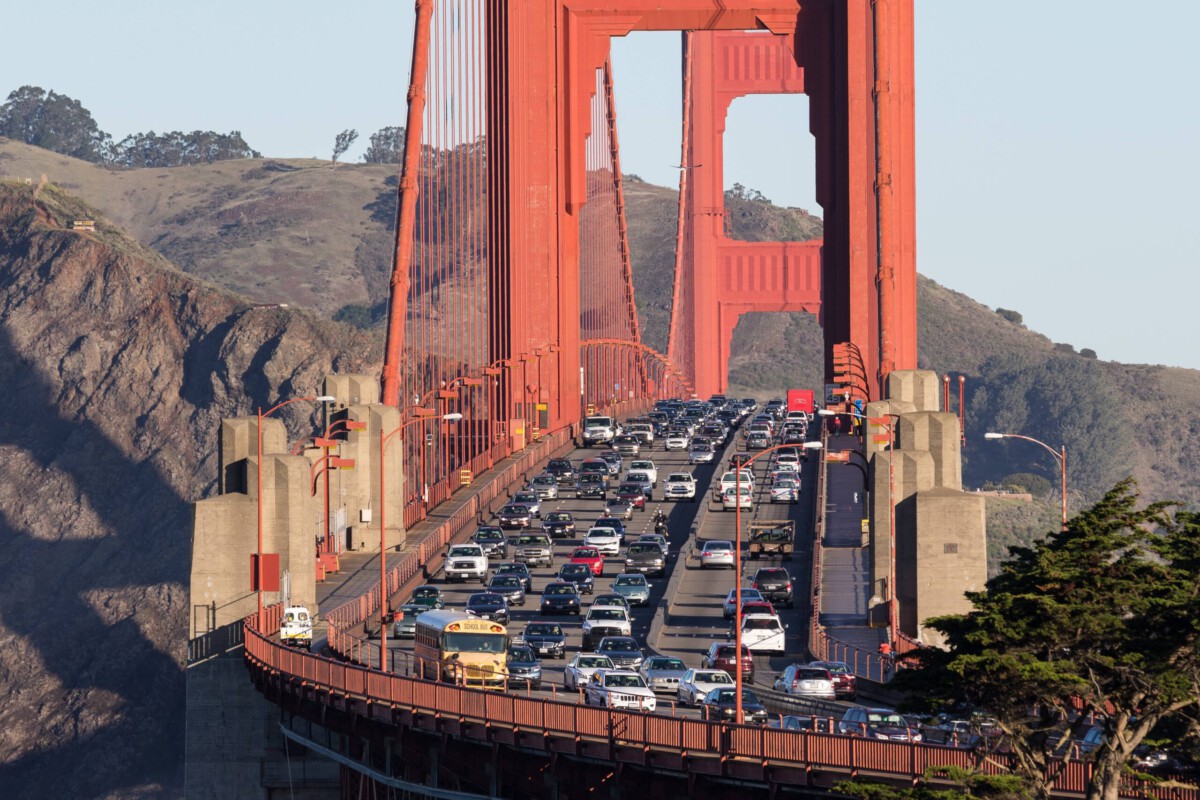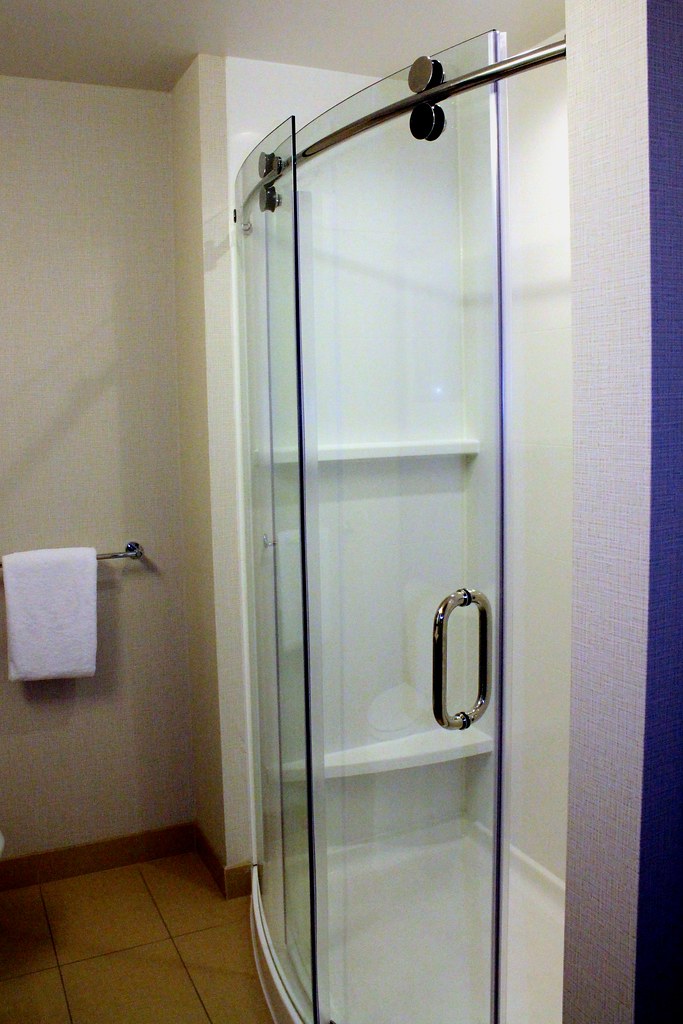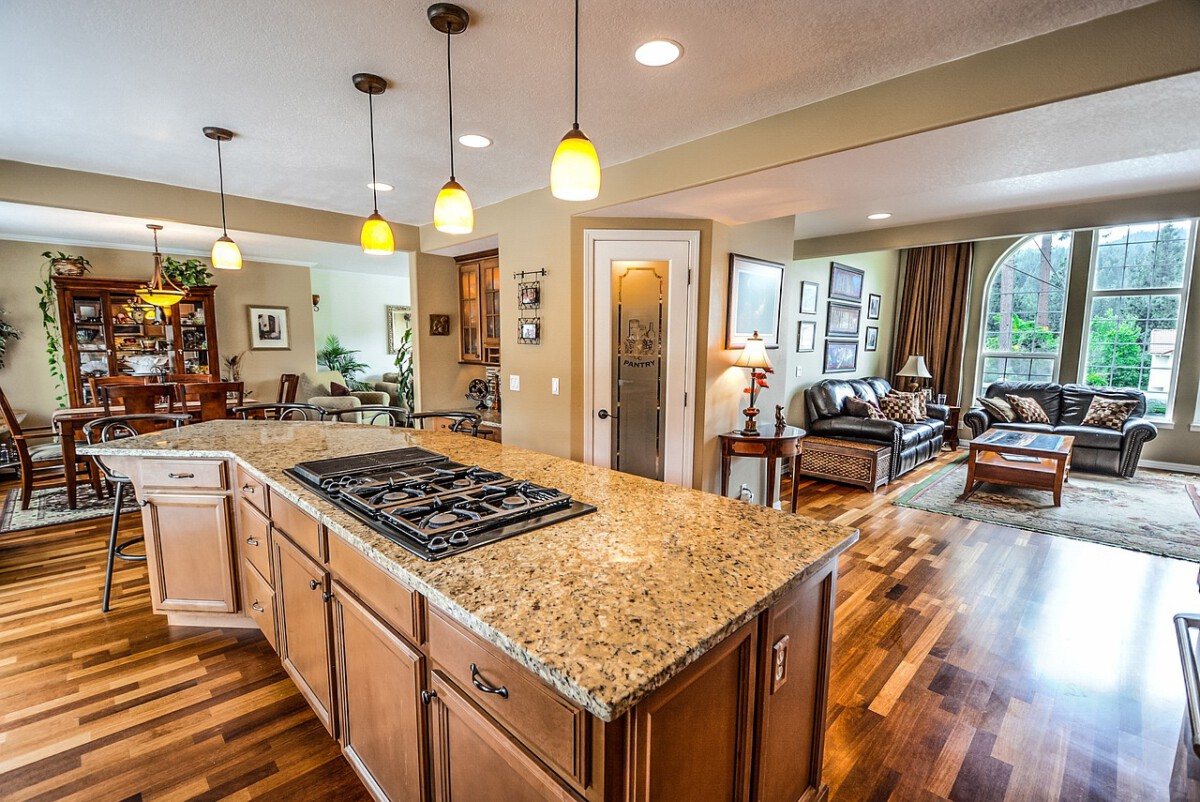The Golden Gate to Gridlock
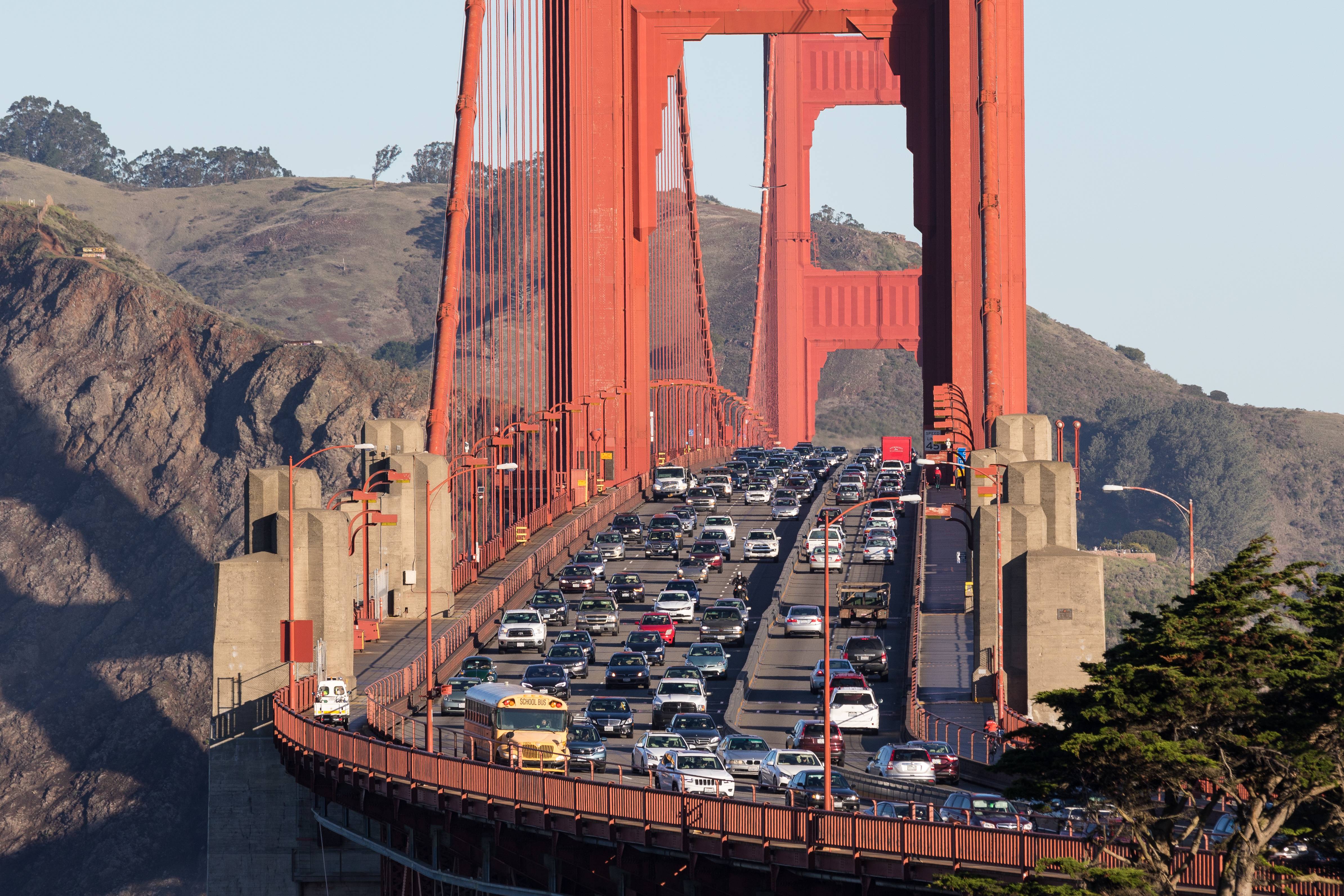
San Francisco stands on its famous hills like a golden jewel, but beneath all that beauty lies a city groaning under the weight of too many admirers. The median home price has reached a staggering $1,392,859, making it one of the most expensive cities in the nation, while tourism fees are now being implemented to fund local initiatives and manage the influx of visitors. Picture trying to navigate those iconic cable cars through seas of tourists all desperately trying to capture the perfect Instagram shot of the Golden Gate Bridge. Both locals and visitors are feeling the strain of the extremely high cost of living, while tourism fees fund programs for preserving natural habitats and expanding public transit options. You know things are bad when even the tech workers can barely afford to live there anymore. The irony is palpable – people come to experience the city’s charm, but their very presence is slowly eroding what made it special in the first place.
The City That Never Sleeps but Wishes It Could
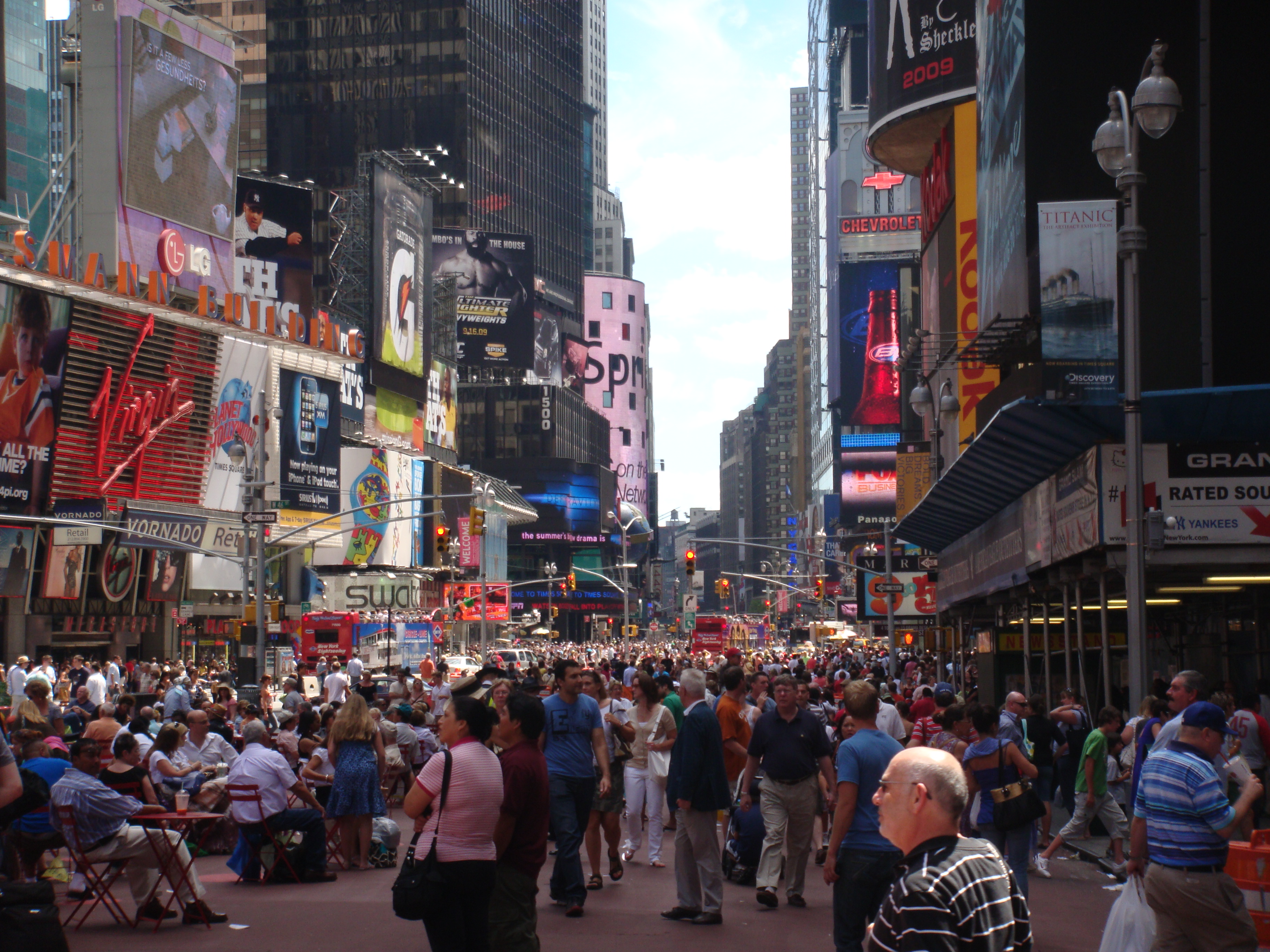
New York City remains America’s ultimate magnet for dreamers and sightseers, but the numbers tell a sobering story. NYC welcomed just under 9 million international arrivals in 2023, while Times Square alone hosts over 300,000 visitors daily. Walk through Times Square today and you’ll understand why locals call it a “claustrophobic nightmare.” What was once an attractive spot has become overwhelming due to massive crowds, and Central Park is reportedly being “trampled to death” by overtourism. The subway system, already stretched thin, buckles under the combined weight of commuters and tourists hauling oversized suitcases. Finding a decent meal without an hour-long wait has become an Olympic sport, and forget about getting a taxi during rush hour when every corner is clogged with tour buses.
Miami’s Sunshine Paradox
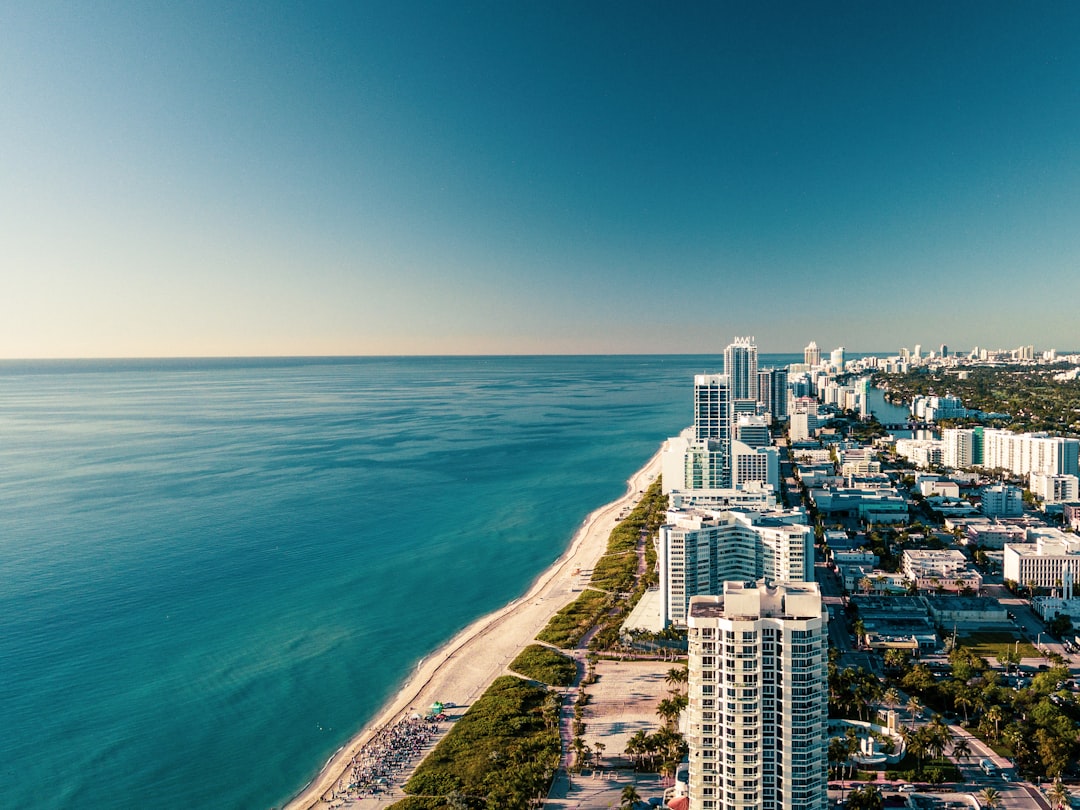
Miami’s magnetic pull of sun, sea, and sizzling nightlife has created its own perfect storm. The city welcomed 4.4 million international arrivals, with an average of 4 million tourists annually who positively impact the economy but also strain natural resources. The average rent is now 37% higher than the national average, partly attributed to the high housing demand caused by overtourism. South Beach, once a playground for the stylish and sophisticated, now resembles a overcrowded college spring break party that never ends. The art deco buildings still gleam, but they’re increasingly hidden behind walls of selfie sticks and tour group flags. Local Cuban restaurants that have served families for generations are being priced out by tourist-focused establishments charging triple for the same café cubano.
Vegas Doubles Down on Its Problems
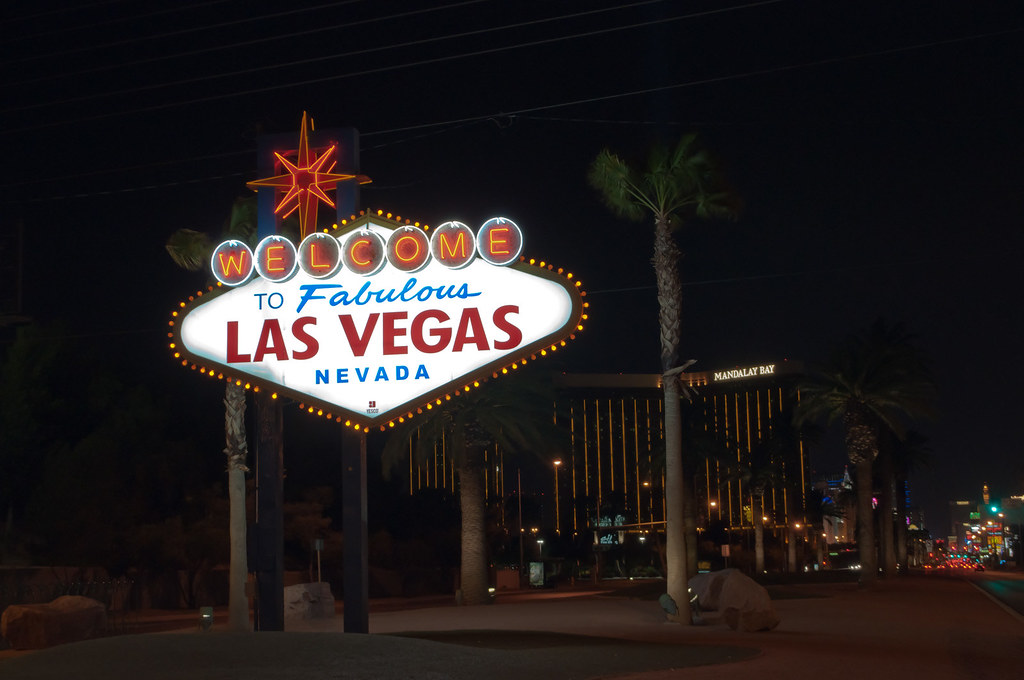
Las Vegas has always been about excess, but even Sin City has its limits. The city welcomed 42.5 million visitors in 2019, up from 42.1 million in 2018, and boasts more hotel rooms than any other city in the U.S. The famous Strip has become so congested that simply walking from one casino to another can take an hour during peak times. Those iconic fountains at the Bellagio? You’ll be lucky to catch a glimpse through the crowd of smartphones recording the exact same show. The city that never sleeps has become the city that never moves, as traffic jams stretch for miles and ride-share prices surge to astronomical levels. Even the locals who work in the hospitality industry struggle to afford housing within reasonable distance of their jobs.
Los Angeles Living the Hollywood Nightmare
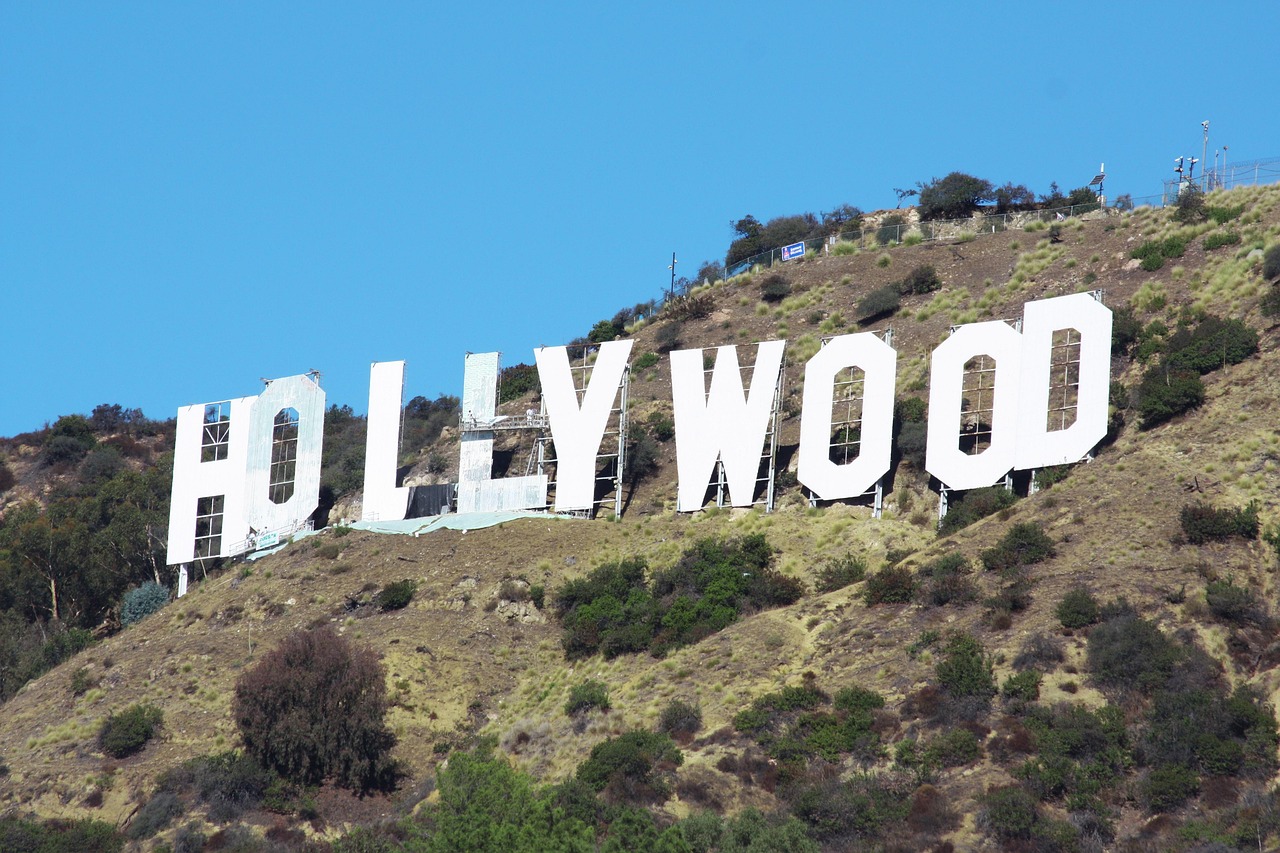
The City of Angels is experiencing some very earthly problems as tourists flood in seeking their slice of Hollywood magic. Los Angeles welcomed 3.6 million international arrivals, while utilizing tourism fees to fund promotional campaigns, cultural events, and infrastructure enhancements. Every corner tells a story in Los Angeles, with attractions like Dodger Stadium serving as focal points with seating capacity surpassing 56,000. The Hollywood Walk of Fame has become an obstacle course of costumed characters, street performers, and bewildered tourists trying to find their favorite star among the gum-stained sidewalks. Venice Beach, once a bohemian paradise, now battles crowds so thick that the actual beach becomes secondary to the human spectacle. Traffic, already legendary for its awfulness, has reached new levels of absurdity when tour buses join the mix.
Austin Keeps It Weird but Not Peaceful
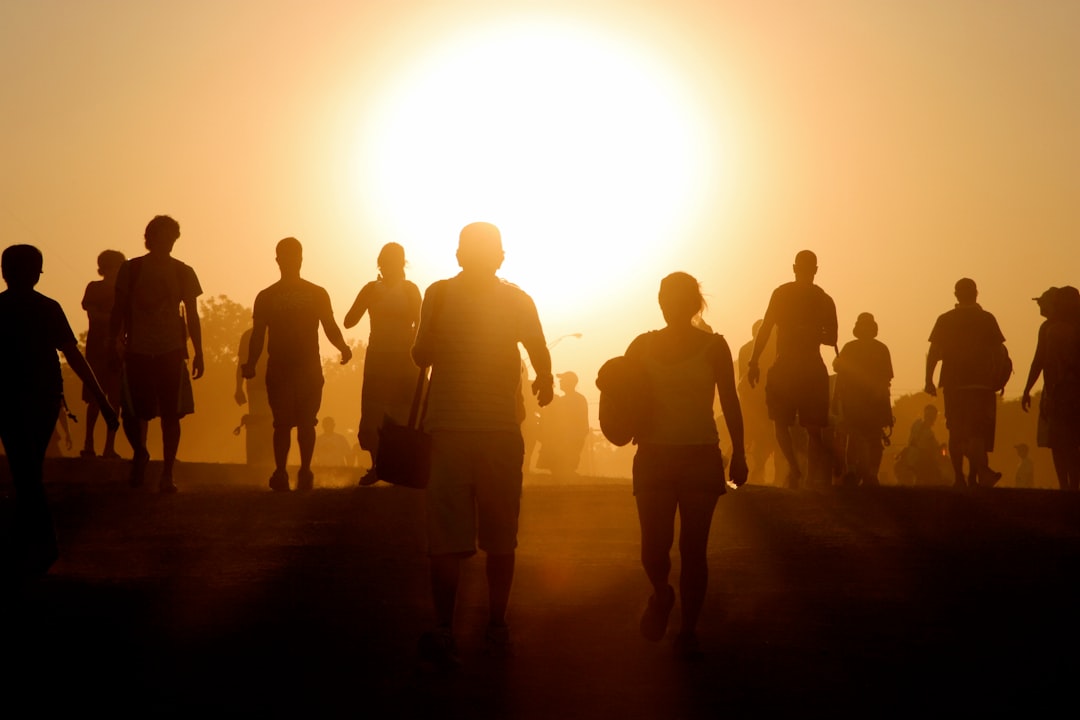
Austin’s “Keep It Weird” slogan has worked a little too well, drawing music lovers and foodies in numbers that threaten to sanitize the very quirkiness people come to experience. Known as the live music capital of the world, Austin attracts over 30 million domestic visitors every year, with hotel revenue expected to exceed 2019 numbers at over $620 million. South by Southwest and Austin City Limits have transformed from intimate music festivals into massive corporate events that price out the local musicians who made the city special. The famous food trucks that once represented Austin’s creative spirit now struggle to find affordable locations as property values skyrocket. Even the bats under the Congress Avenue Bridge seem stressed by the nightly crowds gathered to watch their emergence.
Honolulu’s Island Paradise Under Pressure
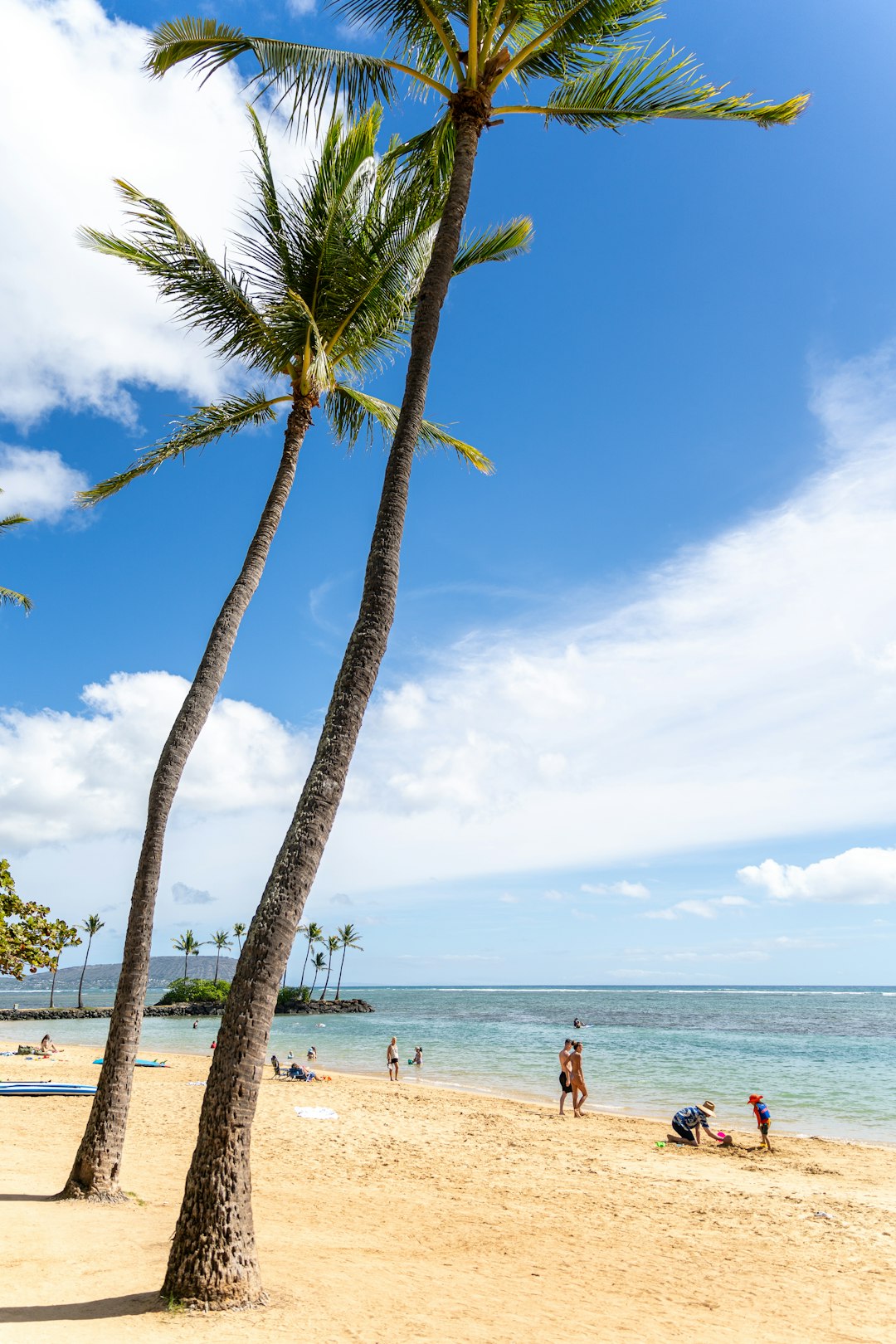
Hawaii’s capital embodies the classic overtourism paradox – its natural beauty attracts millions, but those millions threaten to destroy what they came to see. Honolulu ranked among the top 10 most visited U.S. cities, with tourism tax revenue exceeding $800 million in 2022. Waikiki Beach has been ranked as one of the most crowded beaches in the United States, creating disappointment for visitors who find unmanageable crowds. The famous beaches are so packed that finding a spot to lay your towel requires military-level strategy and timing. Local families who have lived here for generations are being priced out by vacation rentals and tourism-driven development. The infrastructure, built for a much smaller population, creaks under the weight of constant tourist traffic, leading to everything from water shortages to overwhelmed waste management systems.
Charleston’s Southern Charm Offensive

Charleston’s antebellum architecture and legendary Southern hospitality have made it a must-visit destination, but success is becoming its own curse. About 7 million tourists visit Charleston each year, which is repeatedly ranked as the No. 1 city in the U.S. The historic French Quarter, designed for horse-drawn carriages, now struggles with endless streams of tour groups and carriage rides that have become more carnival than cultural experience. Local residents find themselves navigating around selfie-taking crowds just to grab groceries or visit their neighborhood pharmacy. The famous Rainbow Row houses, painted in their pastel perfection, are increasingly viewed through phone screens rather than appreciated in person. Restaurant reservations that locals once made casually now require weeks of advance planning.
Seattle’s Coffee and Congestion Crisis
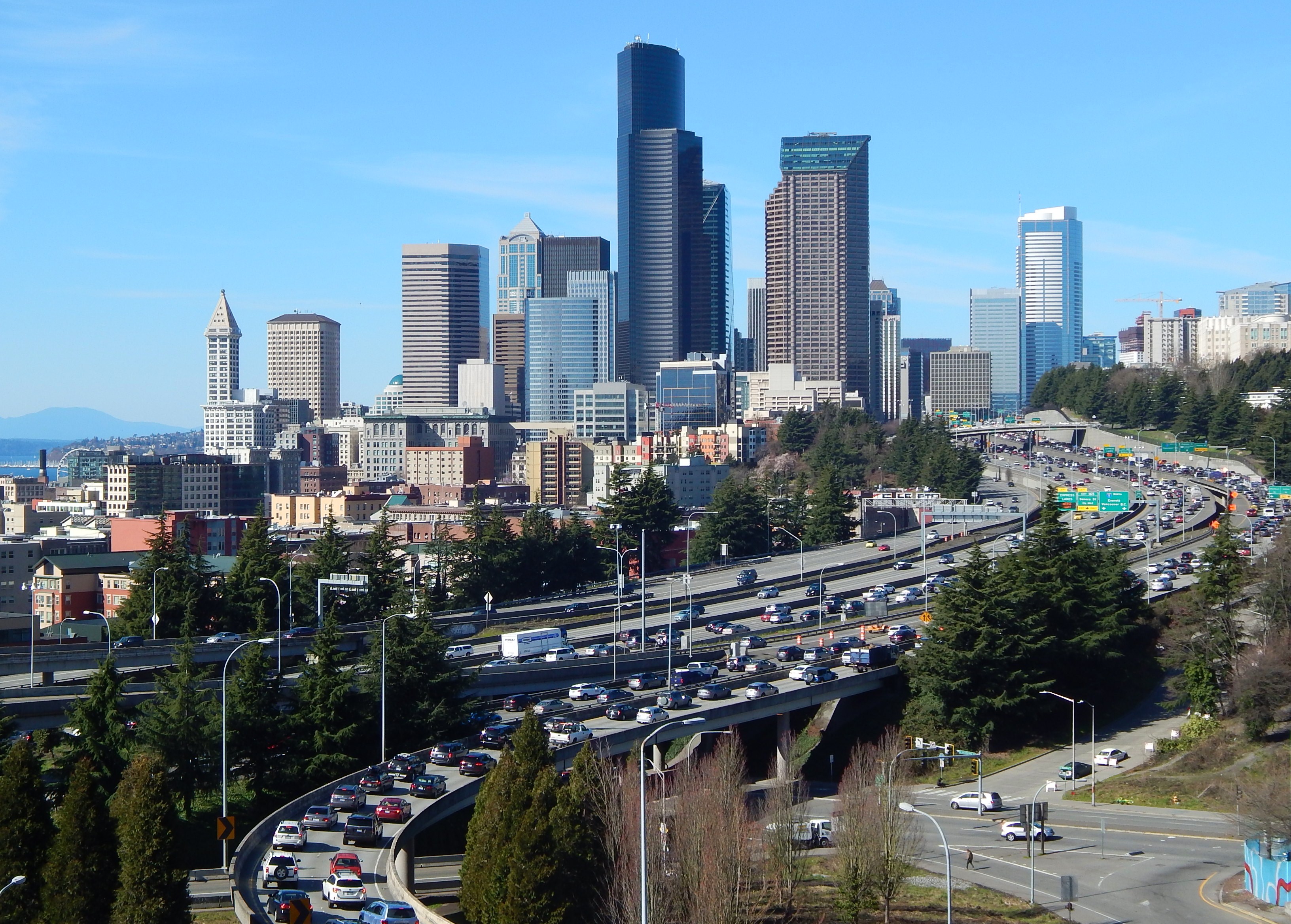
Seattle’s combination of coffee culture, tech innovation, and stunning natural beauty has created a tourist magnet that’s overwhelming the Emerald City’s laid-back vibe. The city ranked among America’s most visited destinations, drawing visitors eager to experience everything from Pike Place Market to the Space Needle. The famous fish-throwing vendors at Pike Place Market now perform for audiences so dense that the actual shopping experience becomes secondary to the spectacle. Coffee shops that once served as quiet refuges for locals and their laptops are now packed with tourists seeking the “authentic Seattle experience.” The city’s commitment to environmental sustainability clashes with the reality of tour buses idling in traffic and crowds trampling through local parks.
Napa Valley’s Grape Expectations Gone Wrong
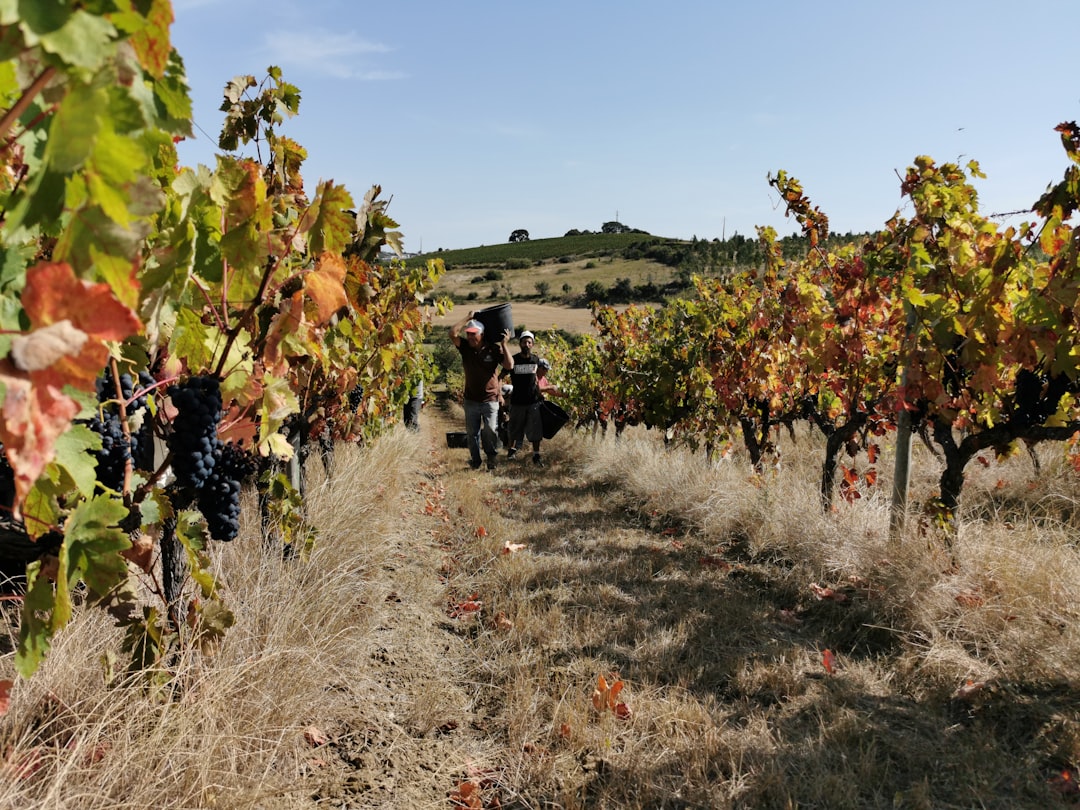
Napa Valley represents the pinnacle of American wine country, but its reputation has attracted crowds that threaten to turn tastings into cattle calls. Napa Valley sits as America’s most celebrated wine region, with distinctive regional terroir and high-quality wines set among a divine backdrop, famed for cuisine from Michelin superstars. St. Helena is nestled amongst vineyards and wineries in the rolling hills of Napa, where wine making started in the 1800s and there are now 416 vineyards in the area. Weekend traffic jams stretch for hours as wine tour buses and luxury cars crawl between wineries. What was once an intimate experience of sipping wine while chatting with passionate vintners has become rushed tastings with time limits and crowds. Local workers in the hospitality industry can’t afford to live in the valley they serve, creating long commutes that add to traffic congestion. The very landscapes that produce world-class wines are being stressed by the infrastructure needed to accommodate millions of annual visitors.
When did experiencing America’s most beautiful places become such a battle? These ten cities showcase the double-edged sword of success in the tourism industry – their very appeal threatens to destroy what makes them special. But maybe it’s time we started asking ourselves: are we loving these places to death?

